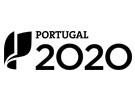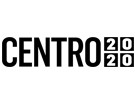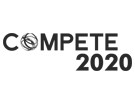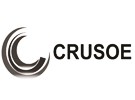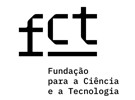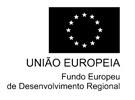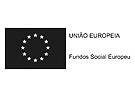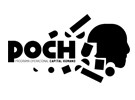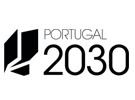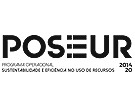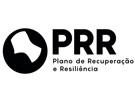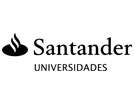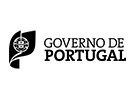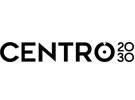


Publication in the Diário da República: Aviso n.º 11774/2016 - 27/09/2016
5 ECTS; 1º Ano, 2º Semestre, 67,50 TP , Cód. 626311.
Lecturer
- Carlos Alberto Farinha Ferreira (2)
(1) Docente Responsável
(2) Docente que lecciona
Prerequisites
Not applicable.
Objectives
Provide skills to choose and implement circuits with sensors. Gain knowledge about the electronic components and circuits.
Program
Methods, errors and uncertainties in measurements. Electronic instrumentation: resistors, capacitors, inductors, operational amplifiers; transistors and diodes: operating principle, features and application circuits.
Signal conditioning and interface: circuits with operational amplifiers, current loops, differential signals, filters, conversion and power supply.
Sensors: physical functioning. Basic materials used in sensors. Response time characteristics, measuring range, sensitivity, repeatability, etc. Technology and characteristics of the various types of sensors: temperature measurement, presence, force, torque, position, velocity, acceleration, pressure, flow rate, light, magnetic field, etc.
Use of equipment: analog and digital multimeters, oscilloscopes, function generators, electric power meters and electricity meters.
Evaluation Methodology
Written test: 50%; Laboratory work: 50%.
Bibliography
- S. Williams, J. (2005). Sensor Technology Handbook. -: Elsevier Inc.
- Bowens, A. (1986). Digital Instrumentation. -: McGraw-Hill
- Silva, M. (2009). Introdução aos circuitos elétricos e eletrónicos. -: Calouste Gulbenkian
- Sinclair, I. (2001). Sensors and Transducers. -: Reed Elsevier
Teaching Method
Explanation of theoretical concepts, asking students about pre-existing knowledge. Resolution of theoretical and practical exercises usually complemented by a laboratory work. Realization of small projects.
Software used in class
Not applicable.
